Table of Contents
Toggle“Unveiling the Menace: Understanding Nuclear Weapons and Their Threat to Humanity”
Nuclear weapons are explosive devices that derive their destructive power from nuclear reactions, either fission (in atomic bombs) or a combination of fission and fusion (in thermonuclear or hydrogen bombs). These reactions release an enormous amount of energy in the form of a nuclear explosion.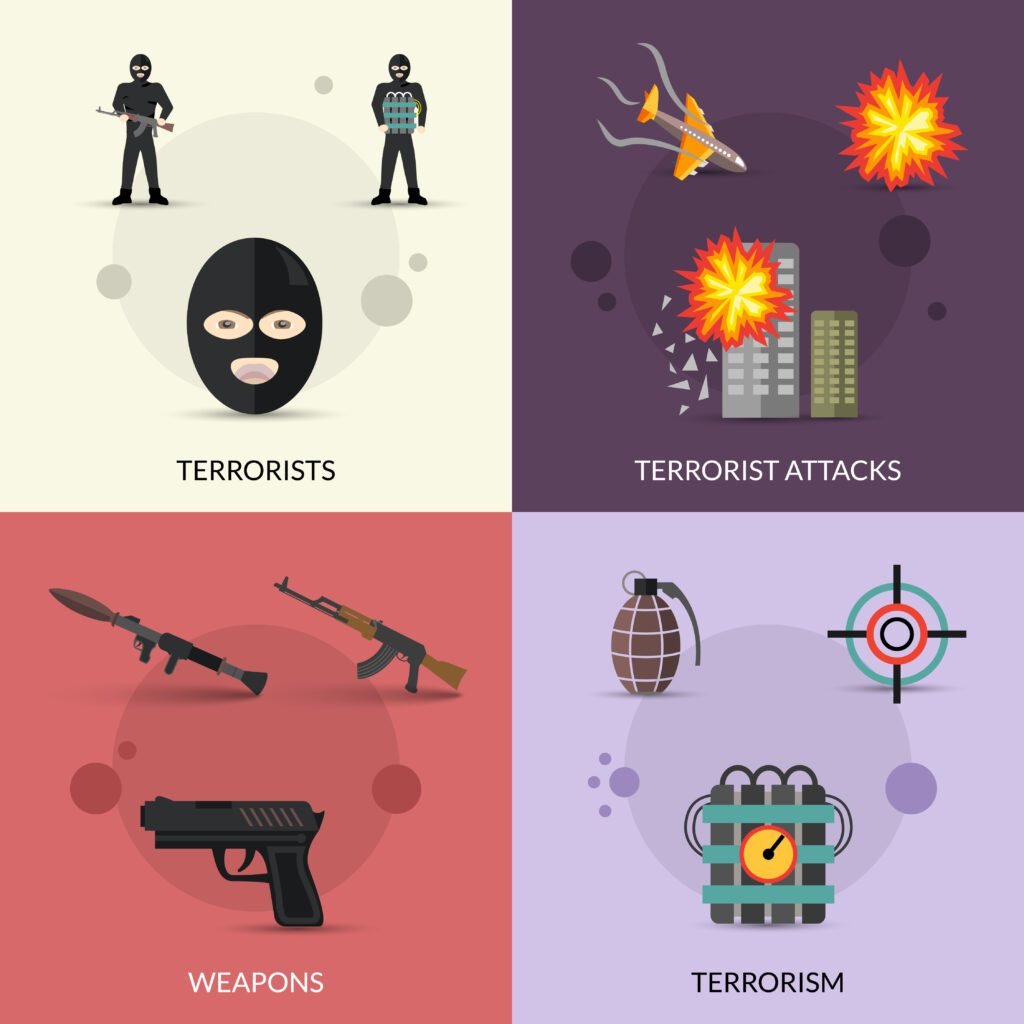 In atomic bombs, the energy is released through the rapid splitting (fission) of heavy atomic nuclei, such as uranium-235 or plutonium-239. This process generates a chain reaction, producing a massive release of energy.
Thermonuclear bombs, also known as hydrogen bombs or H-bombs, use a primary fission reaction to trigger a secondary fusion reaction, where lighter atomic nuclei combine to form heavier ones, releasing even greater amounts of energy. Thermonuclear bombs are significantly more powerful than atomic bombs.
In atomic bombs, the energy is released through the rapid splitting (fission) of heavy atomic nuclei, such as uranium-235 or plutonium-239. This process generates a chain reaction, producing a massive release of energy.
Thermonuclear bombs, also known as hydrogen bombs or H-bombs, use a primary fission reaction to trigger a secondary fusion reaction, where lighter atomic nuclei combine to form heavier ones, releasing even greater amounts of energy. Thermonuclear bombs are significantly more powerful than atomic bombs.
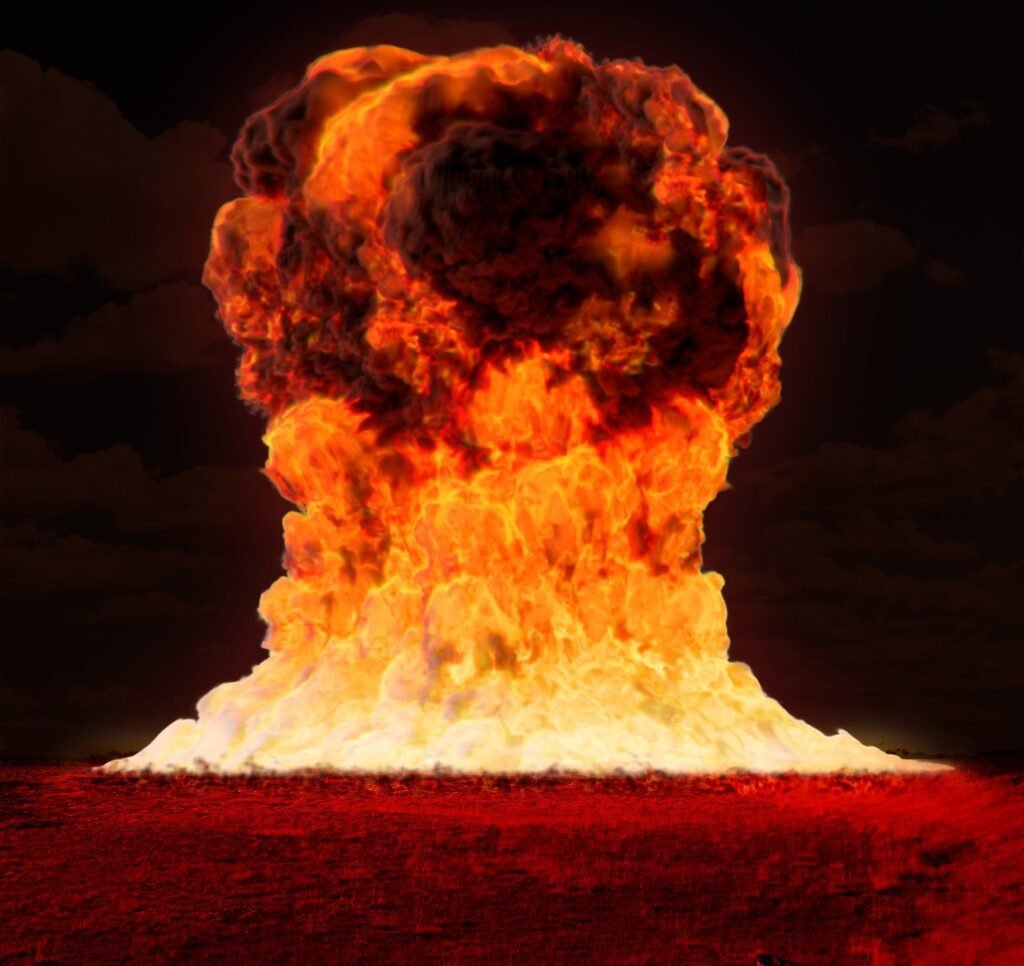 The destructive potential of nuclear weapons is immense, capable of causing widespread devastation, including extensive damage to infrastructure, loss of life, and long-term environmental consequences such as radioactive fallout. Consequently, the proliferation and use of nuclear weapons are highly regulated by international treaties and agreements aimed at preventing their spread and reducing the risk of their use in conflicts.
The destructive potential of nuclear weapons is immense, capable of causing widespread devastation, including extensive damage to infrastructure, loss of life, and long-term environmental consequences such as radioactive fallout. Consequently, the proliferation and use of nuclear weapons are highly regulated by international treaties and agreements aimed at preventing their spread and reducing the risk of their use in conflicts.
“The Devastating Impact of Nuclear Weapons on Human Life”
Nuclear weapons pose a significant threat to human life due to their destructive power and long-lasting effects. The harmful impacts of nuclear weapons can be categorized into immediate effects from the explosion and long-term effects from radiation exposure:**Immediate Effects:**
– Blast: The initial blast wave from a nuclear explosion can cause extensive damage to buildings, infrastructure, and human bodies within a certain radius, depending on the size of the bomb. – Thermal Radiation: Heat generated by the explosion can cause severe burns and ignite fires over a wide area. – Shockwave: The shockwave created by the explosion can cause injuries from blunt force trauma, such as broken bones and internal injuries.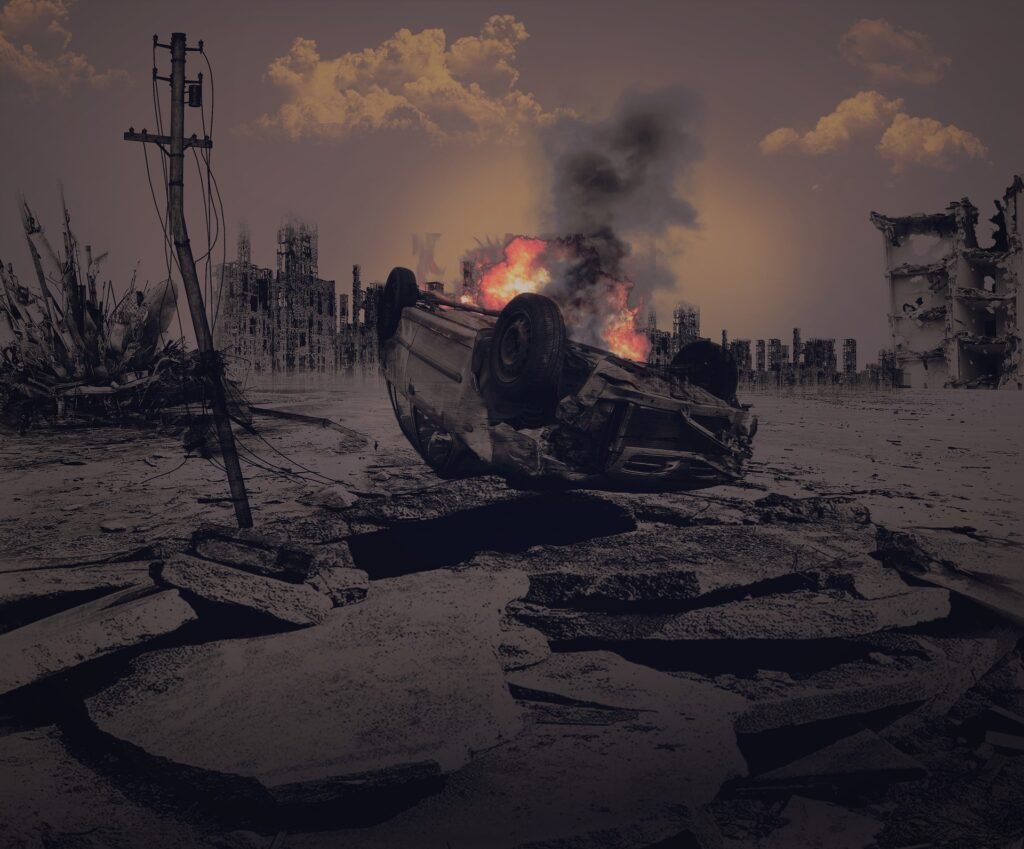
**Radiation Effects:**
– Acute Radiation Sickness: Exposure to high levels of ionizing radiation can cause acute radiation sickness, characterized by symptoms like nausea, vomiting, diarrhea, and potentially fatal damage to the bone marrow and gastrointestinal tract. – Long-Term Health Effects: Chronic exposure to radiation increases the risk of developing cancer, genetic mutations, and other health problems, even in individuals who survive the initial explosion. – Environmental Contamination: Nuclear explosions release radioactive fallout, which can contaminate soil, water, and vegetation, posing long-term risks to human health and the environment.
In addition to the direct physical effects, the psychological impact of nuclear weapons can be profound, causing fear, trauma, and long-lasting psychological distress in affected populations. The potential for widespread devastation and loss of life makes nuclear weapons one of the most serious threats to human existence, underscoring the importance of efforts to prevent their proliferation and reduce the risk of their use.
– Environmental Contamination: Nuclear explosions release radioactive fallout, which can contaminate soil, water, and vegetation, posing long-term risks to human health and the environment.
In addition to the direct physical effects, the psychological impact of nuclear weapons can be profound, causing fear, trauma, and long-lasting psychological distress in affected populations. The potential for widespread devastation and loss of life makes nuclear weapons one of the most serious threats to human existence, underscoring the importance of efforts to prevent their proliferation and reduce the risk of their use.
“Safeguarding Humanity: Strategies to Prevent and Monitor Nuclear Weapons”
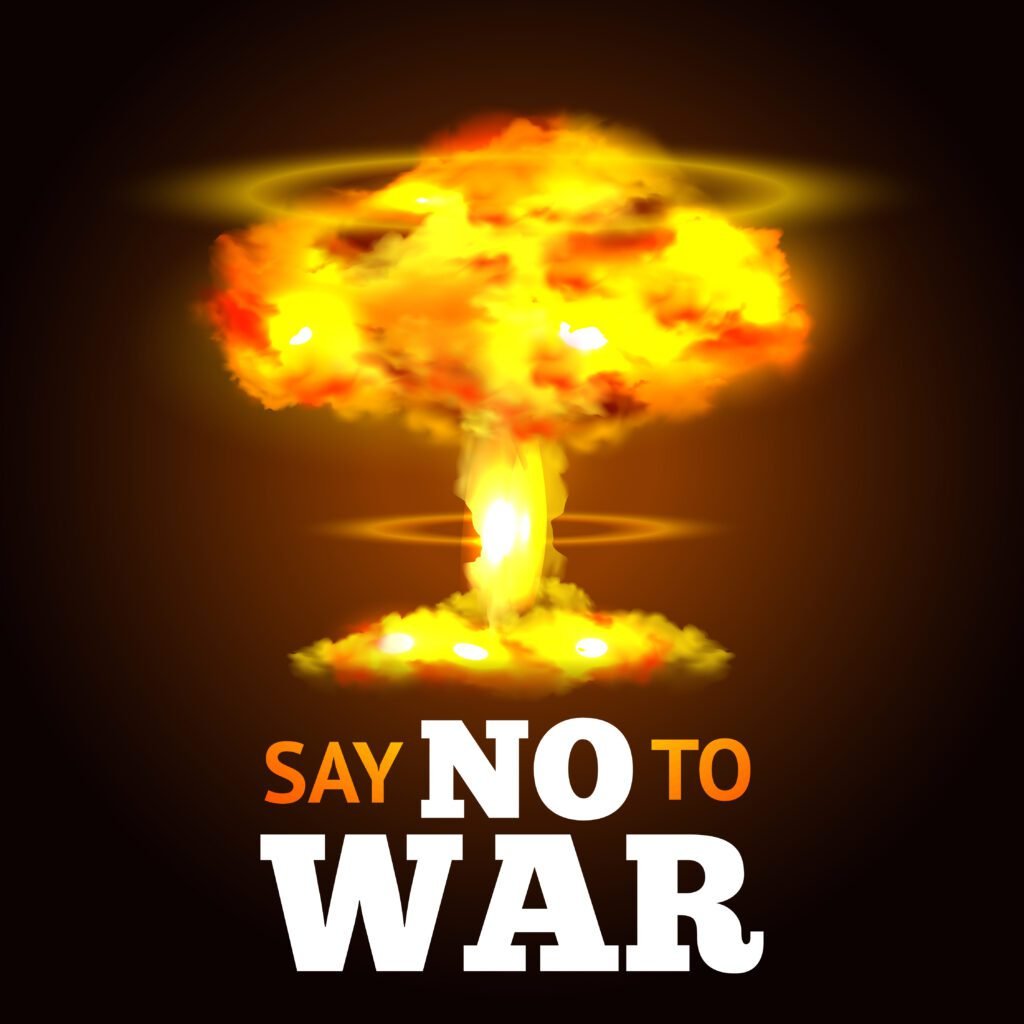 Preventing and monitoring nuclear weapons involves a combination of diplomatic efforts, international agreements, and verification mechanisms. Here are some key strategies:
Preventing and monitoring nuclear weapons involves a combination of diplomatic efforts, international agreements, and verification mechanisms. Here are some key strategies:
-
**Arms Control and Non-Proliferation Treaties:**
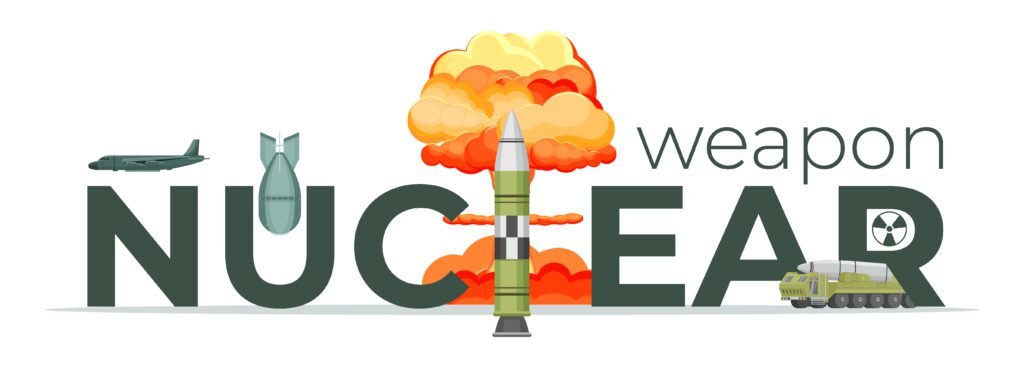
-
**Verification and Monitoring Mechanisms:**
-
**Bilateral and Multilateral Diplomacy:**

-
**Export Controls and Safeguards:**
-
**Engagement with Non-State Actors:**
-
**Public Awareness and Advocacy:**
 By employing a combination of these strategies, the international community can work towards preventing the proliferation of nuclear weapons, reducing the risk of their use, and ultimately achieving a world free of nuclear threats.
By employing a combination of these strategies, the international community can work towards preventing the proliferation of nuclear weapons, reducing the risk of their use, and ultimately achieving a world free of nuclear threats. 
Good one
Great